There is no doubt in my mind that Hatsumi Sensei possesses unusual power in his budo. Anyone who has trained with him can tell you that! But what is it and where does it come from? More importantly, how can YOU develop it as well?
Soke’s martial movement displays many of the characteristics associated with Internal Power training: ghostly movement, immovability (static and dynamic), shockingly powerful strikes with little windup, adhesion caused by movement, kuzushi on contact, and others.
The real question is whether his martial movement power is driven by true internal training or simply sublime, highly skilled Taijutsu (not that there’s anything wrong with that!).
Esoteric Training
It is my contention that there exists a powerful method of esoteric training within the Bujinkan arts that is meant to be used to condition the body to create Internal Power. Since Gyokko Ryu comes from China and is known as the oldest and most foundational of our 9 schools, it seems the logical place to begin.
“In connection with the budo of Gyokko-ryu Koppo jutsu, during the instruction from Toda Shinryuken Sensei, I was finally taught that Gyokko-ryu Kosshi jutsu kihon gata gave rise to the Koto-ryu and is the root from which many other Budo techniques developed.” – Takamatsu Sensei
The Asian arts share many common training methods that originated in India and crossed over to China, then Japan, which have been used for centuries and are known to create internal power and aiki. All are based on yin-yang (or in-yo) theory – the union of opposites. By creating opposing forces within the body (up/down, left/right, front/back) through the use of intent we begin to increase the mind-body connection to a remarkable degree. Through the solo training exercises we condition and strengthen the entire fascia network, as well as tendons and ligaments, throughout the body. This process serves to create a highly stable and connected body through the center so that when ‘one thing move, everything moves’.
This type of body conditioning changes the way outside forces act on the body. The structure becomes dynamically stable so that applied force can either be distributed throughout the chain and dissipated or, at a higher level, simply reflected right back onto the opponent. When force is reflected back this is what is known in Japanese as Yamabiko, or Mountain Echo.
Hidden in the Gyokko Ryu Densho
Throughout his vast amount of written and video resources, Hatsumi Sensei has gradually released a large amount of material from the densho of the various Bujinkan schools. In the book, Unarmed Fighting Techniques of the Samurai for example, he shares many of the kamae, kata, and strategies from 6 of the 9 schools.
What I have done is pull out a few references from the Gyokko Ryu kamae that specifically discuss known concepts of internal power training. Below are just a few of them, there are others.
[The information from Gyokko Ryu below has been culled from many different resources over the years, both written and video, including my own notes, training, and personal conversations.]Ten Ryaku Uchu Gassho
“All of the elements from the right and the left combine in this kamae.” This is classic yin-yang theory uniting the opposites, which is the basis of all internal power training.
“Ten Ryaku Uchu puts you into a beam of energy coming from the sky.” Ten (heaven) is the force of gravity coming down. Chi (earth) supports and reflects creating a force coming up. Combined, these 2 forces are controlled by Jin (man) in the middle and manipulated through intent. Again, a known reference throughout Asian martial arts for creating internal power.
Tenchi Inyo no Kamae
From the elements being united in Ten Ryaku Uchu above, they are then split into opposing forces by Tenchi Inyo – Heaven and Earth, Union of Opposites Posture. This classic posture of one hand up, one hand down splitting heaven and earth is seen throughout Asian martial culture as a way of codifying Internal Power training. Although, even without seeing the pose, the name is a dead giveaway!
Hicho no Kamae
“This kamae has the feeling of storing up energy in the entire body, like a bird being wrapped up by a snake.” Here again is another way of using intent to create unusual stability and power in the body. The bird opening its wings has a feeling of outward expansion, while the snake coiled around it is compressing. Combined the 2 opposites unite to create a known method of internal power training.
Why Isn’t This Taught?
In many martial traditions, regardless of whether they are Japanese or Chinese, the solo training exercises required to build Internal Power and Aiki are secret and passed down to only 1 or 2 students per generation. This training was considered secret and very high level thus it was usually reserved for only the successor and maybe 1-2 other senior students. The rest of the students were taught external forms without the real power training behind the art.
Luckily, this has changed in the past few years and there are now some teachers who are willing to break tradition and teach these things openly.
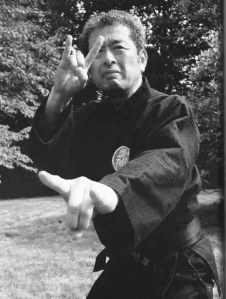
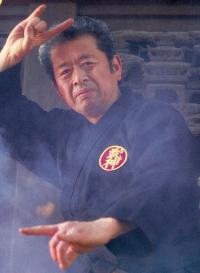
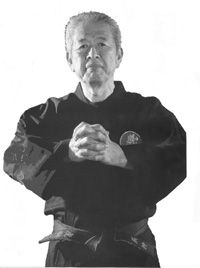
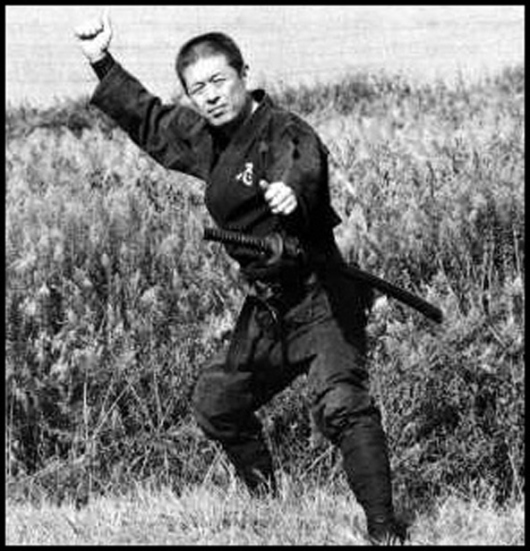
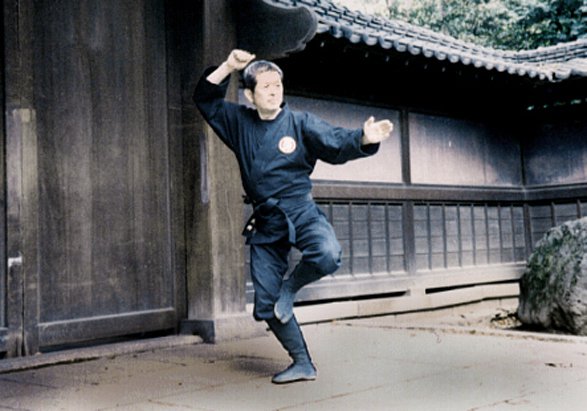
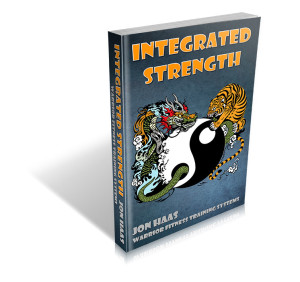





6 Comments
Sean
April 14, 2015Fantastic article Jon! Love the subject!
Jon
April 14, 2015Thanks Sean!
ady
April 15, 2015is there any book or video on internal power by hatsumi sensei(or any other martial artist)?
Collin
April 17, 2015Excellent article. It’s always concerned me that many of the teachings that were around in the 80’s have since disappeared. Most if not all Bujinkan teachers I encounter teach taijutsu alone and nothing else. In a way, it’s just become another martial art teaching self-defense. I love that you delve into other areas of training.
Jon
April 17, 2015Thanks Collin!
Jon
August 10, 2016Ady,
Yes. Check out my Integrated Strength Program at http://www.integratedstrengthtraining.com
Any questions, let me know!
Leave A Response